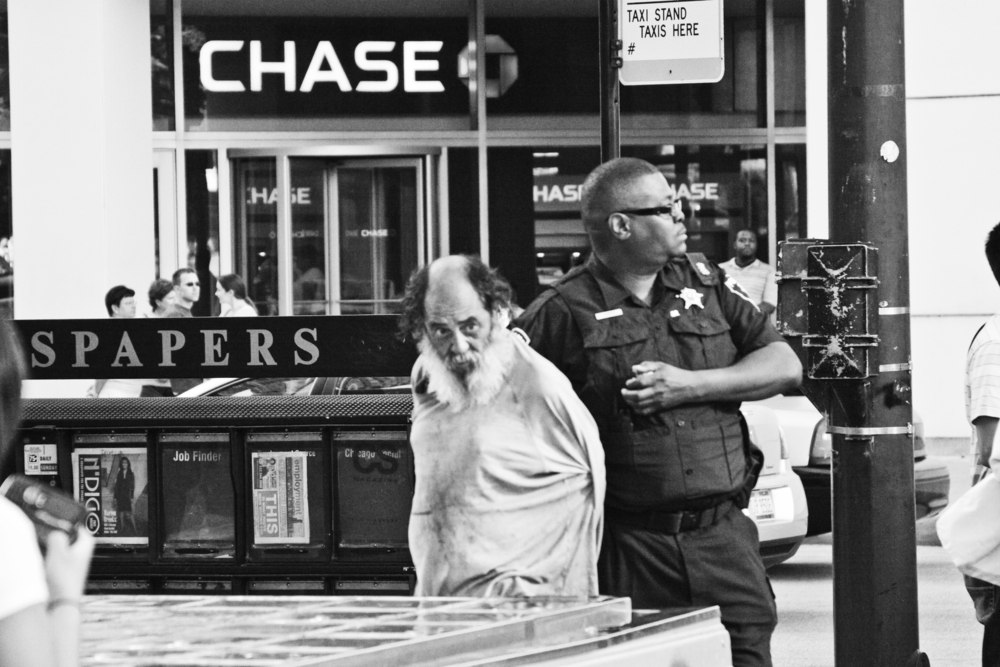Key Takeaways:
• Only four of the 28 hostages’ bodies came home on Monday.
• Families feel anger and deep sadness over the slow return.
• Officials say rough terrain and security checks caused delays.
• Supporters demand faster action and clearer updates.
On Monday, Israeli officials brought back just four of the 28 hostages’ bodies. Families had hoped for more. However, the process took longer than expected. They feel frustrated, while officials ask for patience.
Delay in Hostage Bodies Recovery
Israeli leaders warned that retrieving all the bodies would not happen in a single day. They faced rugged terrain and tense security conditions. Moreover, the route runs through areas that may still hold danger. First, teams must clear any explosives. Then they verify each body’s identity. Finally, they transport the remains to designated medical centers.
However, families and their supporters expected faster progress. They argue that peace negotiators promised a swift return. Therefore, emotions ran high when only four bodies arrived. Meanwhile, the remaining 24 bodies remain in secured locations.
Families’ Concern Over Hostage Bodies
Families gathered outside medical centers. Some held photographs of their loved ones. Others chanted slogans, calling for immediate action. Moreover, they questioned why only a few bodies came back. They demanded full transparency. One mother said, “We deserve answers, not delays.” Another supporter held a sign reading, “Bring them home now.”
The slow pace has taken a heavy toll. Many relatives feel helpless. They cannot bury their loved ones until all bodies return. As a result, the grief stays open. Support groups emphasize the mental strain. They urge the government to share clear timelines.
Israeli Officials Explain the Process
According to officials, the delay arises from several factors. First, search teams must comb through difficult landscapes. Some areas remain under conflict. As a result, safety checks come first. Next, forensic experts confirm each identity with care. They want to avoid any mistakes. Finally, the bodies move under armed escort.
In addition, diplomatic channels play a role. Negotiators work with groups holding the hostages. They meet through intermediaries. Sometimes talks stall over unrelated demands. Therefore, recovery schedules shift without warning.
Moreover, the bodies need proper handling. Officials follow strict medical rules. They use special containment units to preserve remains. This extra step takes time but ensures respect for the dead.
Challenges on the Ground
The teams face multiple hurdles. Explosive remnants from earlier fighting still lie hidden. Clearing these threats demands bomb squads. This work can slow operations by hours or days.
Also, weather conditions can hurt progress. Rainy or windy days make transport risky. Heavy fog forces helicopters to land. Rough roads slow armored vehicles. Each obstacle adds delay.
Furthermore, communication lines sometimes break down. Local authorities may lack up-to-date maps. This results in accidental detours. Therefore, officials must double-check every route.
What Happens Next?
Officials promise to bring back more bodies soon. They hope to return all remains within the week. In the meantime, they hold daily briefings. Families attend or watch by broadcast. Support groups send volunteers to comfort relatives.
On the diplomatic front, negotiators push for simultaneous release of living hostages. They argue this could speed up the body recovery process. However, talks remain fragile. Even small disputes can derail progress.
Public campaigns continue to pressure leaders. Petitions urge faster returns. Social media hashtags demand action. Celebrities and influencers share posts of support. This wider attention may spur negotiators to wrap up deals.
Coping and Ceremonies
Communities prepare for eventual funerals. Religious leaders plan memorial services. Some families choose simple gatherings. Others ask for large public events. These ceremonies help people find closure.
Counselors work with families to manage grief. They teach coping strategies. Group sessions let relatives share memories. As a result, many feel less alone in their pain.
Finally, once all hostages’ bodies arrive, national memorials may take place. Officials promise a respectful and unified ceremony. They hope to honor every life lost in the conflict.
Hope for Faster Returns
Overall, families and officials share one goal: bring everyone home. They all grieve these losses. Therefore, they seek a quicker and safer process. Many believe that clearer roadmaps and stronger talks can speed up results.
However, until all hostages’ bodies return, the pain will remain raw. Each family waits for news. Each community hopes for peace.
Frequently Asked Questions
What causes the delays in recovering hostage bodies?
Teams must clear hazards, confirm identities and navigate tough terrain. Security checks and diplomatic talks also slow the process.
How many bodies have come back so far?
So far, only four of the 28 hostages’ bodies returned on Monday. Officials aim to bring home the rest soon.
Why are families upset about the slow return?
Families want to bury their loved ones quickly. Delays extend their grief and leave many questions unanswered.
Will living hostages be released too?
Negotiators hope to secure the release of both living hostages and the bodies. Talks are ongoing but remain delicate.

